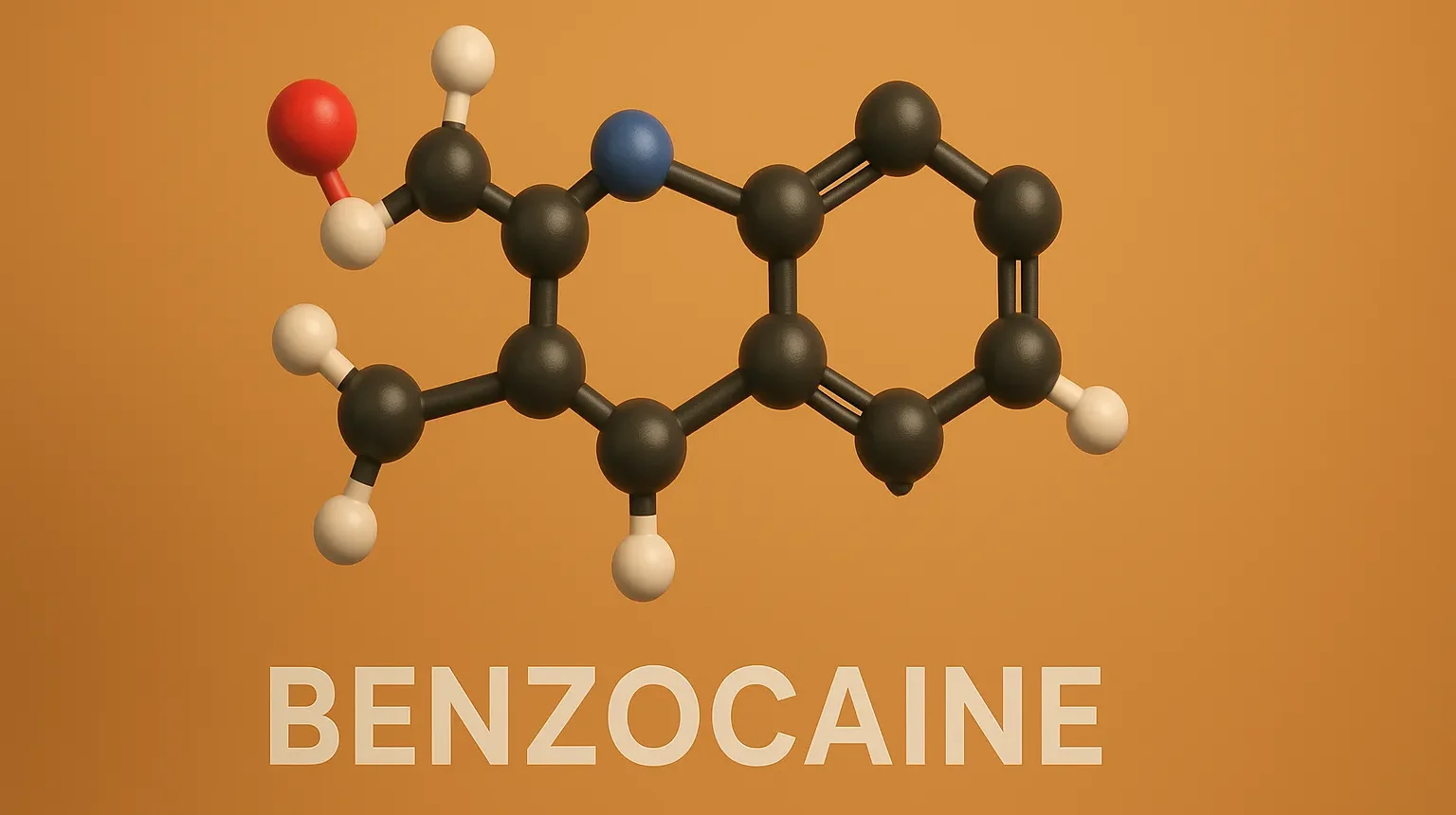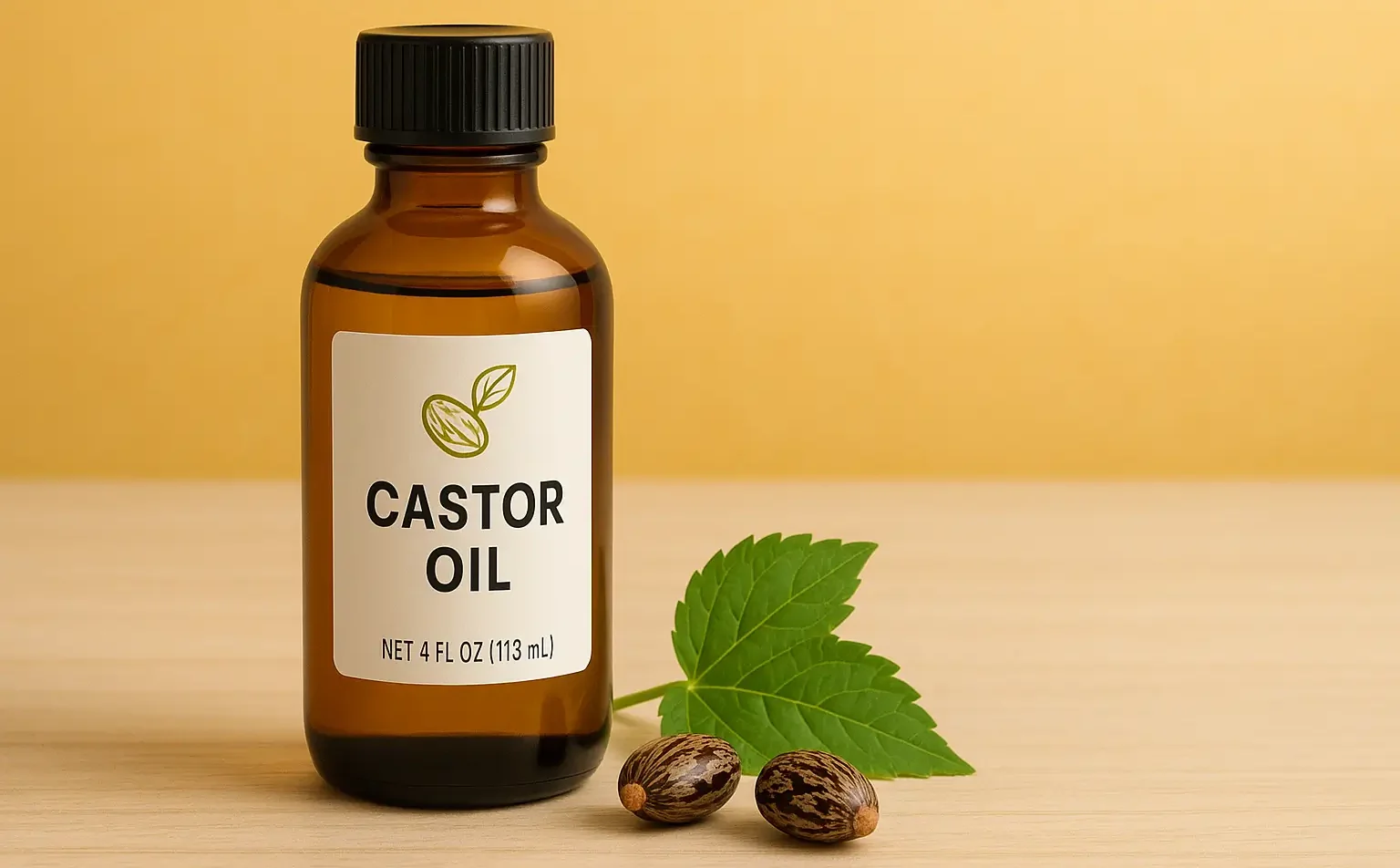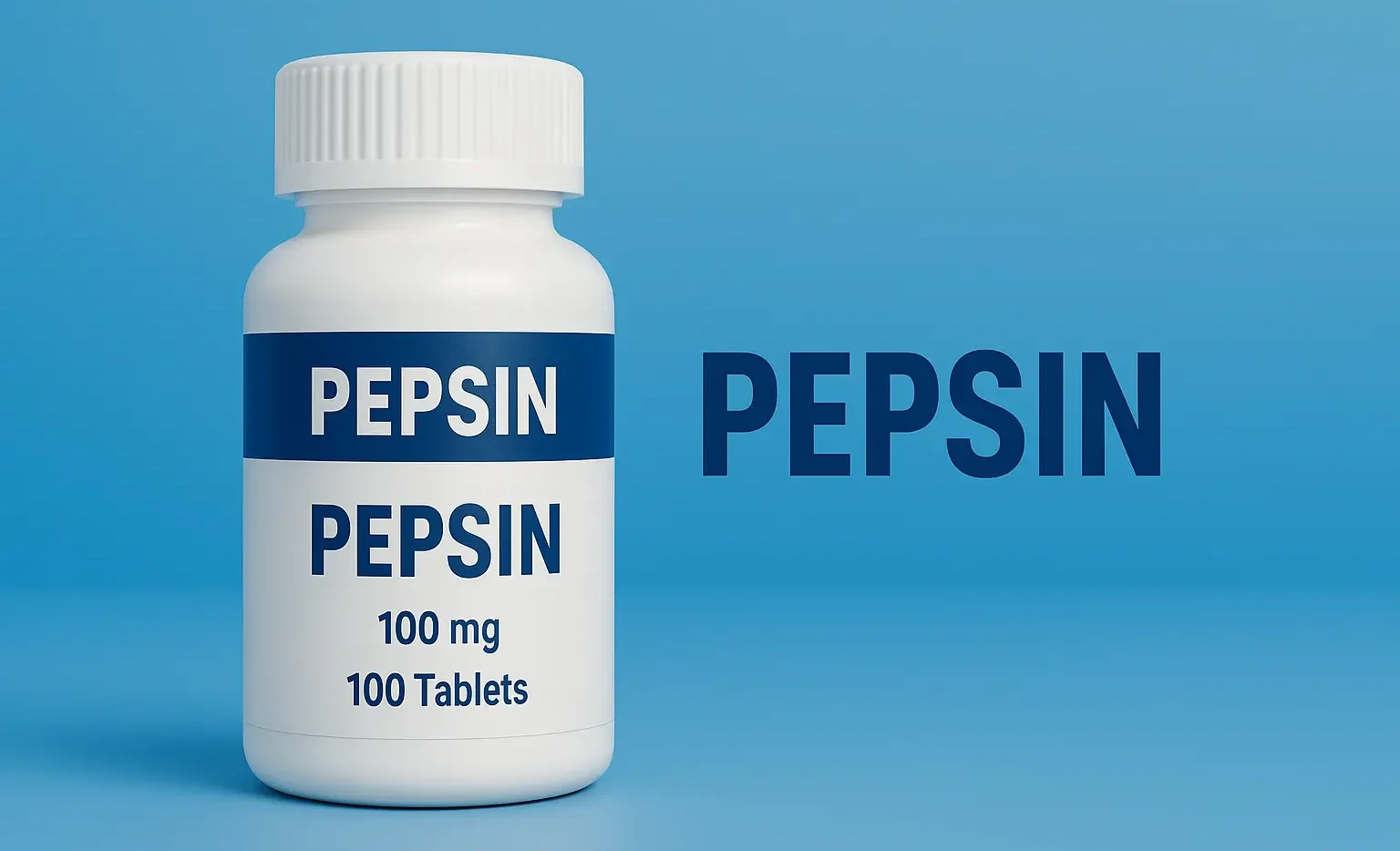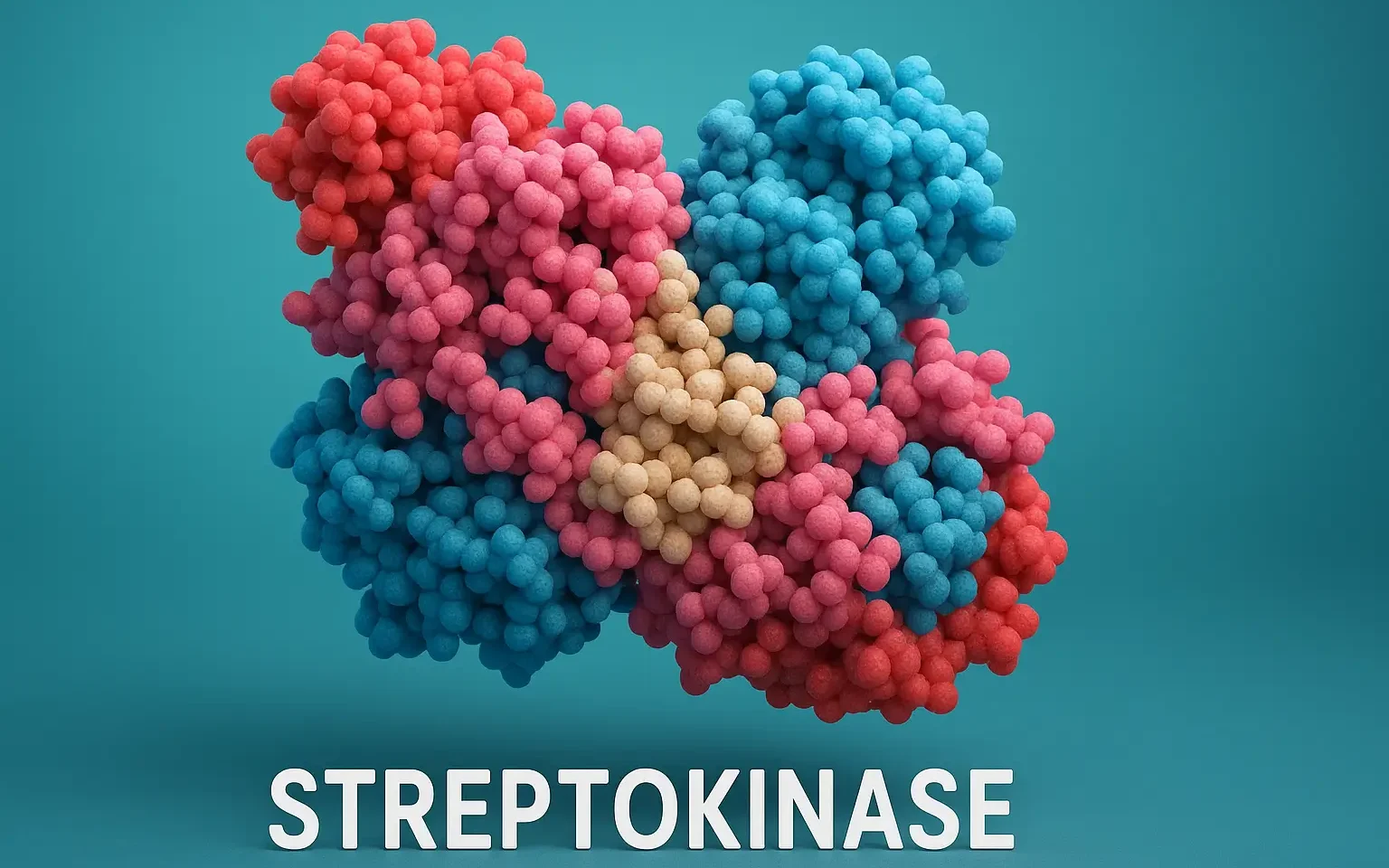Benzocaine
Benzocaine is an ester-type local anesthetic commonly used topically to relieve pain and itching by blocking nerve signals. Structure of Benzocaine Benzocaine is a simple amino benzoic acid derivative with a diethylamino group attached to the benzene ring, enhancing its lipophilicity and anesthetic properties. Chemical Formula: C₇H₉NO₂ Mode of Action Sodium Channel Blockade: Inhibits voltage-gated … Read more










